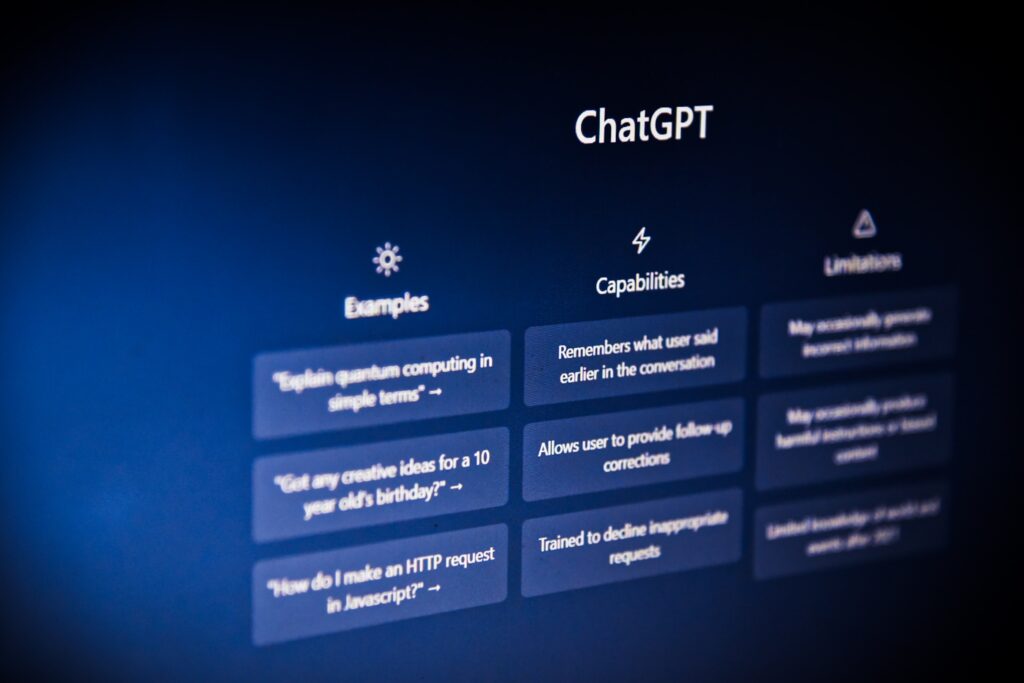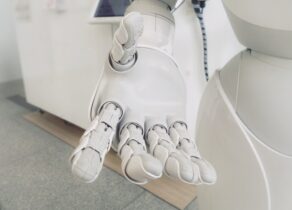When we used to hear the word “chatbot,” pain often comes to mind. Frustration with the novel services was the norm. With chatbots that were mostly able to receive a question and reply, “I am sorry, I can’t answer that. However, I will contact someone that can help you with it. You should receive a reply in 24 hours.”
Yet, chatbots have come a long way, and the next-generation bots, like the new Chat GPT and those under development by Google, are excellent. They will become a vital part of the customer experience and take the burden of repetitive tasks, simple tasks, and questions away from agents while improving satisfaction results by quickly providing the info clients need.
Chatbots in Brief
Chatbots had evolved since their inception when programmers wanted to surpass the Turing Test and create artificial intelligence. For example, in 1966, the ELZA program fooled users into thinking they were talking to a human.
A chatbot is a computer program often using scripts that can interact with humans in a real-time conversation. The chatbot can respond with canned answers, handle different levels of requests (called second and third-tier issues), and can direct users to live agents for specific tasks.
Chatbots are being used in a wide variety of tasks in several industries. Mainly in customer service applications, routing calls, and gathering information. But other business areas are starting to use them to qualify leads and focus large sales pipelines.
The first chatbots of over 50 years ago were intended to show the possibilities of AI. In 1988 Rollo Carpenter’s Jaberwacky was designed more for entertainment but could learn new responses instead of relying on canned dialog only. As they progressed, chatbots surpassed “pattern matching” and were learning in real-time with evolutionary algorithms. Facebook’s Messenger chatbot of 2016 had new capabilities and corporate use cases.
The general format of a Chatbot system takes inputs looking for yes-no answers or keywords to produce a response. But chatbots are evolving to do more comprehensive processes, including natural language processing, neural networks, and other machine learning skills. These chatbots result in increased functionality, enhanced user experiences, and a more human-like conversation that improves customer engagement and satisfaction.
Chatbot Benefits
Improved customer service. Clients want rapid and easy resolutions. HubSpot found that 90% of customers want an immediate response to customer service issues.
This is seen with the increase in live chat, email, phone, and social media interactions. Chatbots can provide service to users 24/7, handling onboarding, support, and other services. Even robo-advisors can use chatbots as a first line of contact.
More advanced systems can pull from FAQs and other data sources that contain unstructured data like old conversations and documents. Chat GPT uses a massive supply of information up to its 2021 cutoff point.
Improved sales. Chatbots can qualify leads and guide buyers to information and products that fit their needs, producing a personalized experience that builds conversions. For example, they can suggest promotions and discount codes to boost purchase likelihood. They can also be a checkout page aid to reduce cart abandonment.
Money savings. The goal of chatbot deployment for service and sales support is often to reduce casts. Chatbots can service simple and repetitive tasks allowing human agents to focus on complex issues.
For example, if a small HR team is slowed with holiday and benefits questions, a chatbot can answer 90% of these, lessening the HR team’s load. An Oracle survey found that chatbots could produce savings of more than half of a business’s upfront costs. While the upfront costs of chatbot implementation are high, the long-term cost savings in staff equipment, wages, and training will outweigh the initial spending.
Read the full article here.






